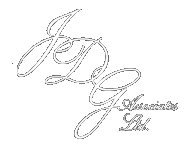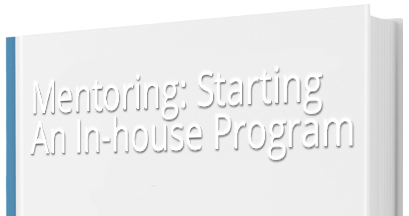Hiring for Culture Fit
Identify Your Culture
According to the Society for Human Resources Management, an organization can spend up to 60% of a new employee’s annual salary as a result of a poor culture fit. In order to reduce this risk, those directly involved in each search process need to a) Have a clear picture of the organization’s culture, and b) Ask candidates the salient questions that will help identify whether there is a match.
If your organization has a formal statement of values – and these values do make a regular appearance in operations – half your work is complete. If there is no formal statement of values or cultural norms, make a list with others involved in the process about what you perceive the top values to be, and which will be the most important for the successful candidate to demonstrate. Going through a strategic culture change? Hire for the new model.
Interview Questions
The following interview questions will help you gather information on a candidate’s work style, preferences and values which you can compare with your organization’s cultural norms. Choose the questions that will be the most meaningful for your specific position. As usual, make sure to draw out candidates who don’t provide thorough responses. “Can you expand on that for me?” is a non-threatening way to ask. Also look for body language or tones of voice that may not support what the candidate is saying. After all, everyone wants to get that job offer!
____ In which position have you felt most at home with your organization’s culture? What
made it work well for you?
____ Think of the workplace where you felt like you did not fit in. What did you see as the key
barriers?
____ What would you cite as the top 3 or 4 values that you take to work with you every day?
____ If you had to think of one or two adjectives that best characterizes your ideal workplace,
what would it be?
____ Of your past positions, which work environment did you enjoy the most? What were
employees most commonly recognized and rewarded for? What are the various forms
this recognition took?
____ Would you rather work for an organization that stresses the importance of results, or
the importance of process and effort? Why?
____ How would you characterize the leadership’s decision-making style at your current
workplace? Does this style work for you? If so, why? If not, what would you change?
____ In your favorite organization, in which of the following categories (choose one) did
leadership’s decision-making style most frequently fall?
a) Directive – the CEO makes the decisions and hands them down
b) Consultative – the CEO consults with senior leaders or trusted advisors before make the decision
c) Democratic – everyone gets a chance to vote and the majority rules
d) Consensus – complete agreement among group members has to be reached for a decision to be made.
____ How would you describe your own management style? When is it most effective?
____ It is said that most organizations are rated as “needs improvement” when it comes to
communicating important information to employees. How would you describe the
effectiveness of communications in your current organization?
____ What types of information do you think are most important for management to share
with staff?
____ Give an example of a time when collaborating with one or more people on a task or
project worked well for you.
____ Describe a time when a collaboration with others did not work well for you?
____ Would you describe yourself as a person who likes to repeat skills until they are highly
effective, and even continue to hone them, or would you prefer to frequently learn new
skills?
____ Have you worked for an organization that you would describe as innovative? If so, give
some examples to illustrate your answer.
____ What do you see as the positive and negative aspects of taking risks in a professional
setting?
____ What kinds of professional development options would your ideal employer offer?
Values and Culture Fit
Organizational culture fit, simplified, embodies shared values demonstrated in the workplace. For example, one organization I worked with developed a formal statement of organizational values that it weaves into employee communications, job descriptions and performance evaluations. The values? Respect, Trust, Empowerment, Collaboration, Excellence, Creativity and Joy. By asking job candidates the right questions and assessing responses as to how they fit with your organizations values, you can strengthen your culture and your brand as a great place to work.



